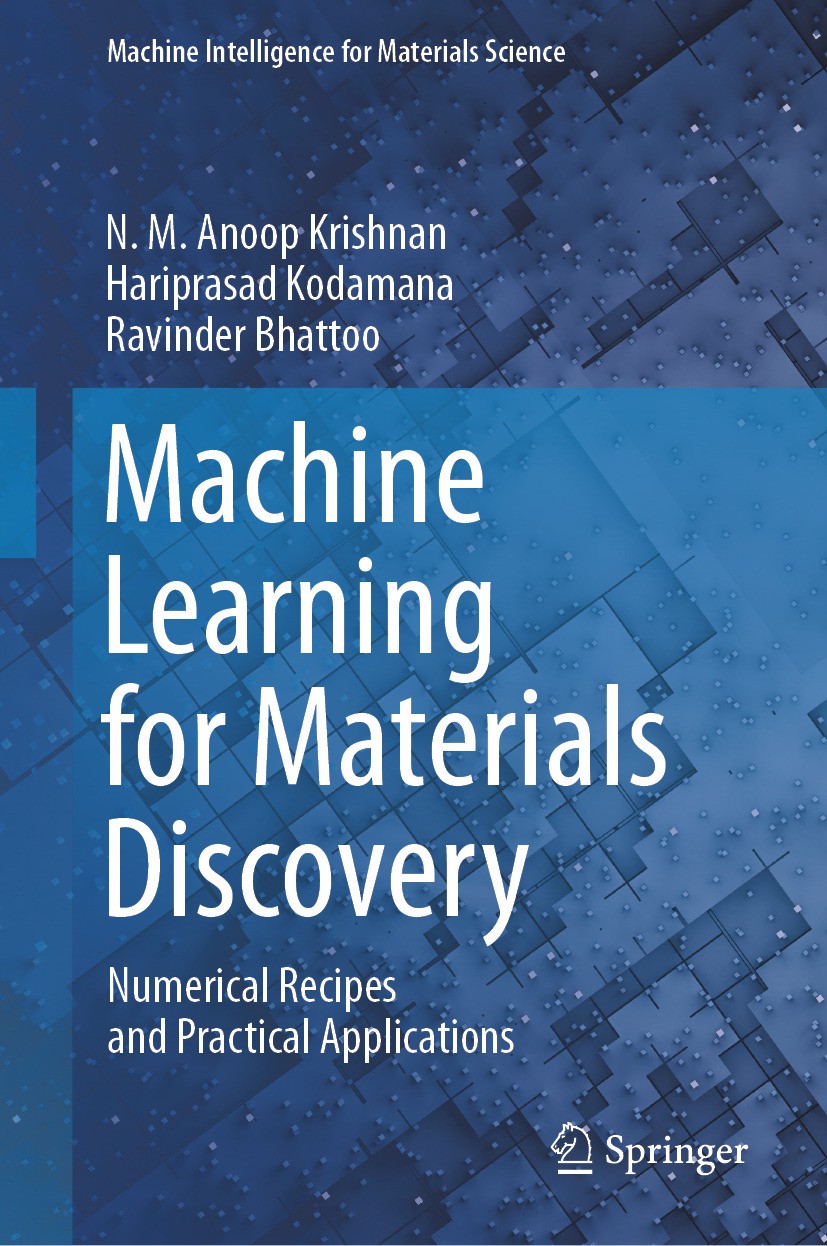

Dr. Ravinder Bhattoo
ravinder @ iiti • ac • in
Assistant Professor
Department of Civil Engineering
Indian Institute of Technology Indore
Indore, India
Hi! I’m Ravinder Bhattoo, assistant professor in the Department of Civil Engineering at the Indian Institute of Technology Indore. My research focus areas are machine learning-aided structural design, multiscale material modeling, physics-informed machine learning, graph neural networks, dynamic fracture and crack propagation on ballistic impact, molecular dynamics, and peridynamics. Previously, I have worked as a postdoctoral scholar in the Department of Civil and Environmental Engineering at the University of Wisconsin-Madison and as an early doc scholar in the Department of Civil Engineering at the Indian Institute of Technology Delhi. I earned my Ph.D. in Civil Engineering from the Indian Institute of Technology Delhi in January 2023, and my B. Tech. in Civil Engineering from the Indian Institute of Technology Roorkee in June 2015. My Ph.D. research focused on data-driven modeling and physics-informed machine learning for glass discovery.
Research Updates (full list)

PeriDyn is a numerical simulation software designed to solve peridynamics problems. It is written in the Julia programming language, and offers a high level of flexibility and speed. PDBenchmark is built on top of the PeriDyn package, which provides a number of predefined material models and benchmark problems. This allows users to quickly set up and run simulations, and compare their results to established benchmarks. link

Machine Learning for Material Discovery Focusing on the fundamentals of machine learning, this book covers broad areas of data-driven modeling, ranging from simple regression to advanced machine learning and optimization methods for applications in materials modeling and discovery. The book explains complex mathematical concepts in a lucid manner to ensure that readers from different materials domains are able to use these techniques successfully. A unique feature of this book is its hands-on aspect—each method presented herein is accompanied by a code that implements the method in open-source platforms such as Python. This book is thus aimed at graduate students, researchers, and engineers to enable the use of data-driven methods for understanding and accelerating the discovery of novel materials. link